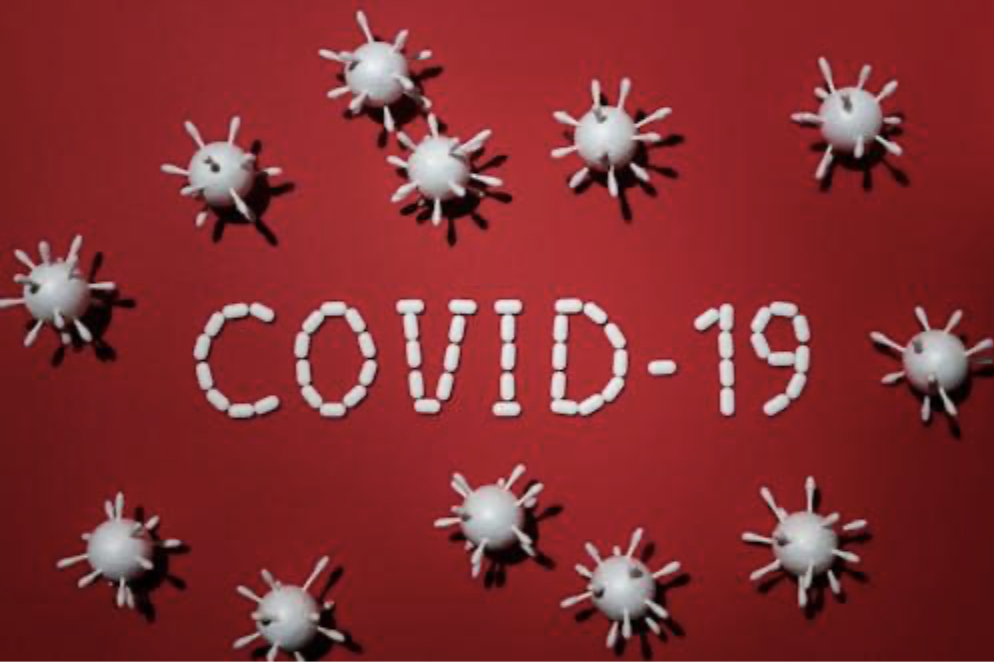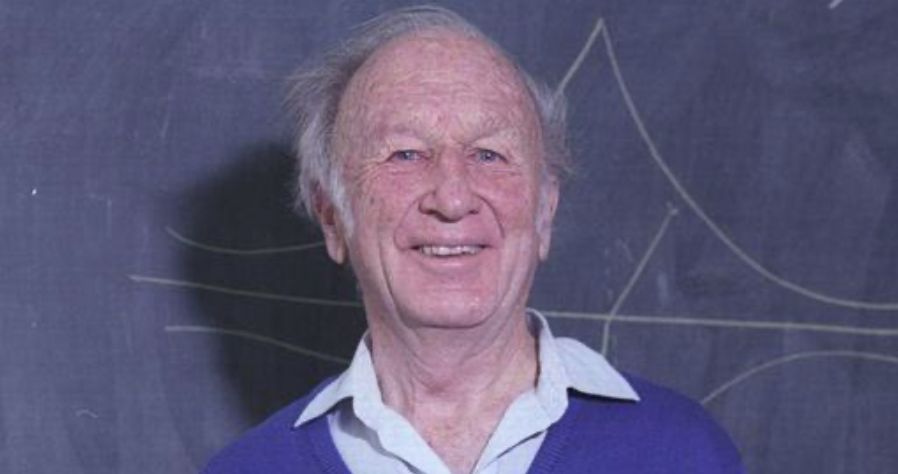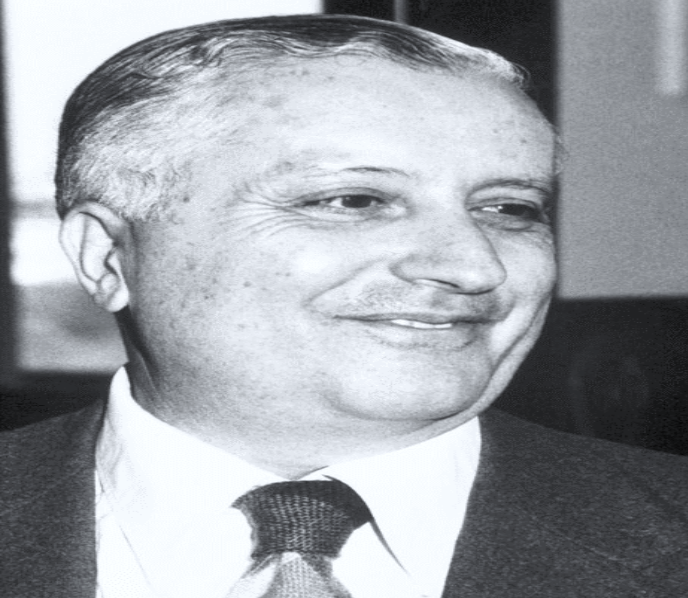FROM THE THEORY OF CHAOS, AN APPROACH TO DYNAMICS OF VIRUSES AND PANDEMICS
MORE IN THIS SECTION

Photo 1 Covid 19. Source
Although there are different analyzes on the reasons for pandemics such as the one derived from Covid 19, there is coincidence in the fear we experience and the uncertain future as humans, in the face of these micro beings, which have been capable of producing so many deaths, in different stages of the history of humanity. In 2020, experiencing the “ravages” of Covid 19, I addressed the virus in the context of chaos theory or theory of dissipative structures. This theory fascinates me. I approached her, studying the Master of Science in Biology-Ecology, from 1992 to 1994 at the National University of Colombia. Having adjusted a little what I wrote back then, I share it with you today.
LETHAL PANDEMICS IN THE HISTORY OF HUMANITY DERIVED FROM VIRUSES AND BACTERIA
Based on the first records dating back to ancient times and brought up by an expert and by National Geographic (1) (source), six devastating outbreaks are evident in the history of humanity that were caused by microorganisms, bacteria and viruses.
Plague of Justinian (541-542)
Its name refers to the Roman emperor Justinian I who then ruled the Byzantine Empire. Its origin was found during the Byzantine Empire in rats that traveled hundreds of kilometers on merchant ships, which sailed to the different corners of Eurasia between the year 541 and 549. The plague was recurrent in areas near Mediterranean ports until approximately the year 750. Based on studies by experts, the origin of this pandemic was located in commercial enclaves in East Africa, and its most accepted cause is found in the bacteria Yersinia pestis. According to demographic estimates from the 6th century, it resulted in the death of between 13 and 26% of the population with figures between 25 and 50 million deaths.
The Black Death (1347-1351)
Its name "black plague" is due to its manifestations: fever, cough, skin spots and gangrene. It is considered the most devastating pandemic of humanity. Figures report that the Black Death killed between 75 and 200 million people in the 14th century. The sudden outbreak of this disease affected, according to current prediction models, between 75 and 200 million people, which translated into percentage is between 30 and 60% of the population of Europe.
Its epicenter was in Asia and it spread along trade routes to Europe until reaching its peak between 1347 and 1353. Although, for a long time, it was considered that the bacteria that produced it came from rat fleas, a recent study from 2018 infers that it spread, through varieties of the Yersinia pestis bacteria, present in people's fleas and lice. Its spread route was through North Africa, Asia, the Middle East and Europe, with very high mortality.
Smallpox (1520)
This pandemic owes its name to the pustules it causes on the skin. Is Caused by the Variola virus, which exclusively infects humans. Their actions were devastating, recording a mortality rate of 30%, especially high among children and babies. Although its origin is unknown, there is evidence of its existence in a very early period, since remains have been found in Egyptian mummies dating from the 3rd century BC.
Throughout history, the disease spread in periodic outbreaks and expanded massively when conquerors arrived in the new world: an estimated 400,000 people died each year in 18th-century Europe, and a third of those who managed to survive, they developed blindness or were disfigured. This virus was one of the causes of the very high mortality of the ancestral population of America when they were infected by the conquerors who carried it. Although the World Health Organization declared its eradication in 1980, after various efforts to globalize vaccination campaigns, it is estimated that smallpox killed up to 300 million people in the 20th century alone and up to 500 million in its last 100 years. existence.[2] (Cristina Crespo Garay. 2020 and 2023).
The Spanish Flu (1918-1919)
Despite being called the “Spanish flu”, it did not start in Spain and although there is no consensus as to its origin, many scientists place its first cases in the United States in 1918. It was caused by the H1N1 virus, precursor of the influenza virus. influenza that is currently circulating around the world, although without very devastating effects. The name Spanish flu was given, because as it occurred in the context of the First World War, a time when it was prohibited to give this type of information, only Spain, as a neutral country, was the first to give a media deployment to the virus.
HIV/AIDS (1981-Present)
Since its appearance in 1976, the human immunodeficiency virus (HIV) has killed 32 million people, according to the World Health Organization. This virus infects the cells of the immune system, impairing the body's ability to fight disease. In the most advanced stages of the virus, acquired immunodeficiency syndrome or AIDS occurs, which has had a great impact on society not only in terms of health, but also as a source of discrimination.
The latest statistics of the AIDS epidemic are: - 39.9 million were living with HIV worldwide in 2023.; - 1.3 million infected with HIV in 2023; - 630,000 people died from AIDS-related illnesses in 2023; - 30.7 million people had access to antiretroviral therapy in 2023; - 88.4 million people have become infected with HIV since the beginning of the epidemic.
Covid 19 (21st Century)
The COVID-19 pandemic, also known as the coronavirus pandemic, was caused by the SARS-CoV-2 virus. It was initially called "Wuhan pneumonia", since the first cases were identified in December 2019 in the Chinese city of Wuhan, where the majority of those affected were linked to workers at the Huanan Seafood Wholesale Market. It was declared by the World Health Organization (WHO) a public health emergency of international importance on January 30, 2020, a condition that remained until May 5, 2023, when the WHO decreed the end of the health emergency. Although it is no longer a pandemic, the course of the disease is endemic, because cases are no longer reported as frequently as in its early years.
THE CHAOS THEORY ALLOWS YOU TO UNDERSTAND THE DYNAMICS OF MICROORGANISM ¿WHAT THIS THEORY CONSISTS OF?
Chaos theory, or theory of dissipative structures, emerged in the 20th century, at the end of the 1950s, by meteorologist Ed Lorenz of the Massachusetts Institute of Technology, who was trying to design a model that would allow predicting atmospheric phenomena and found abrupt changes in the results, which could not be explained from linear logic, nor from order, nor from the cause-effect relationship. The theory arises from the impossibility of achieving infinite precision in measurements and the inability to identify each and every one of the multiple variables that intervene in complex phenomena.

Photo 2. Meteorologist Edward Lorenz, father of chaos theory, who demonstrated how small actions can cause big changes in what could be known as the "butterfly effect." Source
RELATED CONTENT
Photo 3. Ilya Romanovich Prigogine
The Nobel Prize in Chemistry 1977. Source
After Lorenz, chaos theory was developed in the following decades, with a representative of excellence being the Belgian Ilya Prigogine, Nobel Prize in Chemistry in 1977 “for his contributions to non-equilibrium thermodynamics, particularly the theory of dissipative structures”. However, the greatest advances regarding this theory were achieved by physicists, biologists, virologists, meteorologists, economists, psychoanalysts, who discovered that there are complex systems, in which abrupt changes, unpredictability and discontinuities occur that periodically deny the belief that “Natura non facit saltum” and that they transcend the deterministic and linear logic of the Newtonian type as well as the mechanistic model proposed by Newton and Descartes, according to which the material universe is like a machine that can be completely understood with just analyze its smaller parts separately.
For chaos theory, reality is a "mixture" of order and complex forms of non-order (chaos) and the universe works in such a way that new structures are born from chaos, called "dissipative" structures. From this theory, chaos is revalued as a manifestation of disorder and is assumed as a more complex form of order [3]. From this premise, chaos theory proposes assuming the universe as a cycle of: order-complex forms of order (chaos)-order, etc., in such a way that one leads to the other, successively and indefinitely.
Based on the premise: order-chaos-order..., it is considered that the universe works in such a way that new structures can be born from chaos and that paradoxically, a state of imbalance is the starting point that allows us to go from chaos to the structure of the dynamic system, at any micro or macro biological level. Chaos theory is configured as the possible way to understand the dynamics of viruses and be able to act on them accordingly.
From chaos theory it is inferred: - the world does not follow the clock model, predictable and determined, but rather has chaotic aspects; - the instability and the unpredictability are part of the structure and functioning f the universe. Stable systems, such as the Earth's orbit around the Sun, are the exception. Most systems are unstable, a typical example is the weather.
You can predict an eclipse or the appearance of a comet centuries in advance, but not next week's weather. This is because the climate depends on an enormous set of uncertain circumstances, which determine, for example, that any small variation in one point on the planet will generate a considerable effect in the coming days or weeks at the other end of the earth [4 ].
From chaos theory, it has been demonstrated that all complex systems, and therefore, microbiological systems, such as viruses (Covid 19 and others), have uncertainty, as a constitutive characteristic of their structure and functioning. This characteristic makes it even more difficult to accurately predict their dynamics and, therefore, fight against them.
In a future article, I will continue addressing the complex world of viruses and therefore Covid 19. I will take you around the following topics: - Premises Derived from Chaos Theory That Allow Us to Approach the Complexity of Covid 19 and That of Others Virus; - Do Humans Have Responsibility in the Dynamics of Complex Systems, Called Natural Ecosystems or Microbiological Systems, Covid 19 Case?; - Is Everything Lost Against Viruses or are There Possible New Hopes?
BIBLIOGRAPHIC NOTES
(1) (https://www.nationalgeographic.es/historia/2020/11/cinco-pandemias-mas-letales-de-historia-de-humanidad)
[2] Garay Crespo Cristina. 2020, actualizado en 2023. Las cinco pandemias más letales de la historia de la Humanidad. https://www.nationalgeographic.es/historia/2020/11/cinco-pandemias-mas-letales-de-historia-de-humanidad
[3] www.researchgate.net/publication/305456841- La_Teoria_Del_Caos_Una_Explicacion_Simple_De_Un_Fenomeno_Complejo
[4] Cazau Pablo. ANTROPOSMODERNO. La teoría del caos.






LEAVE A COMMENT: